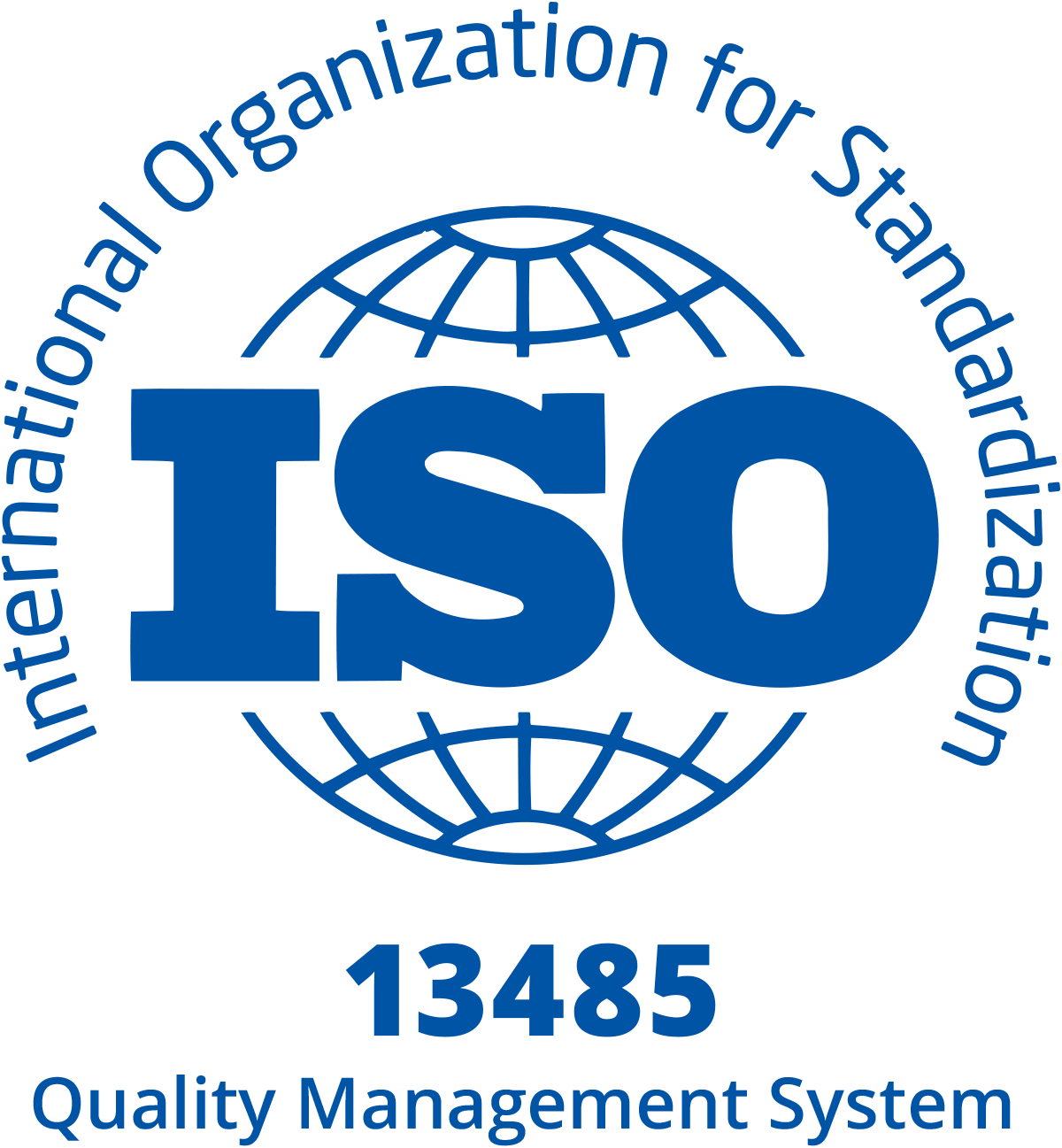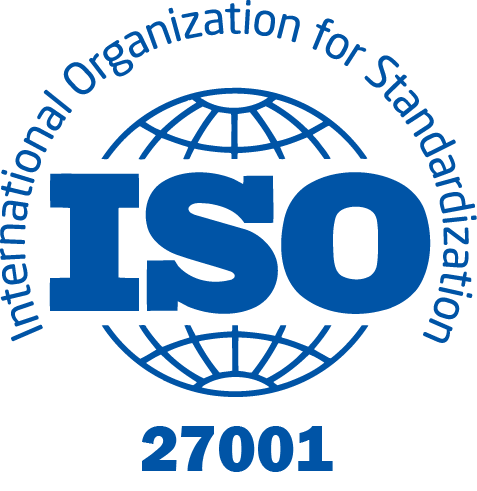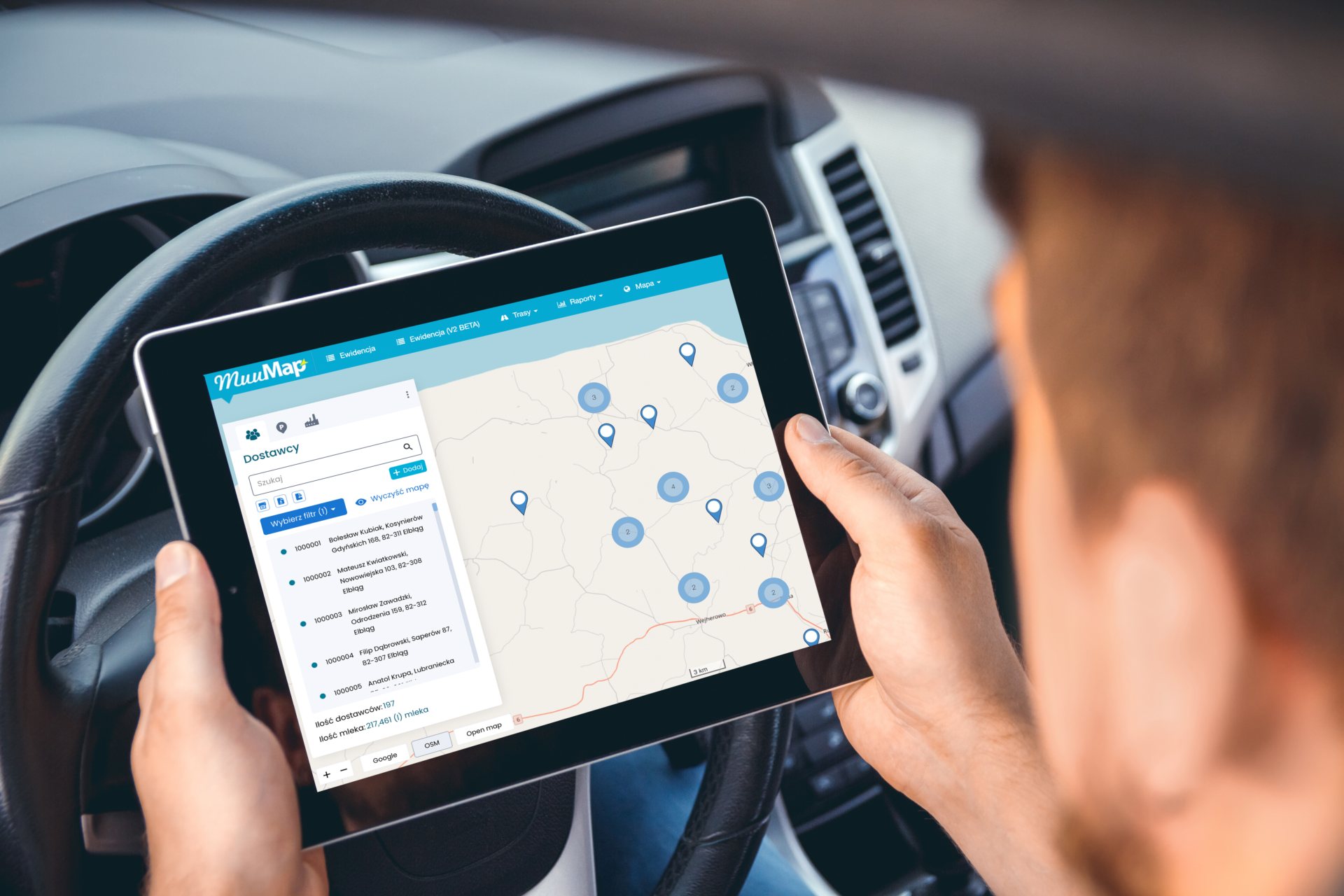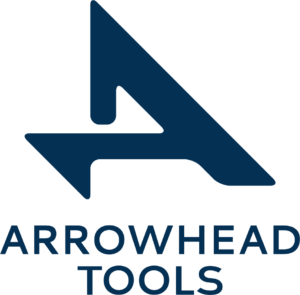
Imagine your vision
engineered with
AI-driven Tech Excellence.
DAC.digital – Delivering Tech Excellence for Your Solution.
DAC.digital is one of the fastest-growing custom software & hardware development companies in Europe. We deliver excellent technological engineering teams and design, build and scale products to help you solve your business problems.








Our Clients’ Success Stories
Advanced Technologies for Manufacturing & Warehousing
Cutting Costs in Logistics with Blockchain-based Smart RTIs
DAC.digital developed a blockchain solution to tackle the significant costs associated with the loss and theft of Returnable Transport Items (RTIs) in logistics. System streamlines the circulation of RTIs among supply chain participants, maintains privacy and reduces the physical turnover of packaging. By implementing this technology, we improved our clients logistics efficiency, offering a scalable, secure, and cost-effective method for managing RTIs.

Robots Orchestration for Semi-autonomous Warehouses
BetterBox is an IoT asset monitoring and management device. Our solution enhances transport management by automating data collection and transmission, leading to improved efficiency, fraud reduction, and operational streamlining without manual intervention.

Transportation Management System That Transforms The Dairy Industry: MuuMap
We created software and hardware for a digital system that transformed the dairy industry by improving milk supply management and procurement operations. MuuMap serves almost 40% of the Polish and 4% of the European markets, and is used by 27600 farmers.

AI-driven E-commerce & Auctioning Solutions
Unified Auctioning Platform for Better User Experience
After acquiring several ecommerce platforms we helped our client to combine all of their systems into one and enchancing them with new features that would simplify the purchasing process for users.

Transforming the E-commerce Customer Support
We conducted a successful proof of concept (PoC) for an AI chatbot that can be used in various industries, like banking and healthcare, aiming to enhance communication, improve response times, and efficiently handle customer queries.

Global Leaders Trust Our Expertise

Our Core Competencies












The Numbers Speak for Themselves.
14
20
5.0
Check out our customers’ feedback.

Featured by
See More of our Case Studies


Handling Complex Database Migrations while Maintaining Uninterrupted Operations

How A Dedicated Development Team Upgraded Legacy Code and Libraries for Better Performance

How Revoize Redefined Audio Enhancement with AI

Bypassing passwords for enhanced security: the HYPR & DAC.digital way

Enhancing Social Interaction in Solo Travel: Crafting Social Cues for a Travel Platform
Estimate your project.



















